Not far from Juneau, about 25 miles as the crow flies that is, there is one of the top bear viewing sites in Southeast Alaska. It is located on the eastern shore of Admiralty Island, often called the “Fortress of the Bears.” Pack Creek is one of several drainages in the Pack Creek Zoological Area and encompasses the Stan Price State Wildlife Sanctuary, Swan Creek, Windfall Creek and Swan and Windfall Islands.
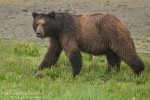
A female grizzly bear (Ursus arctos horribilis) at Pack Creek, photo by Deborah Cooper
This fantastic brown bear viewing site is a very popular activity via guided flights from Juneau, and to some degree by kayakers generally accessing upper Seymour Canal through the portage from Oliver Inlet. Boaters have a much longer trip using Stephens Passage and then cruising up Seymour Canal to Windfall Harbor. The entrance to Seymour Canal is directly across Stephens Passage from Holkham Bay, making a trip to the glaciers in Tracy Arm or Endicott Arm a reasonable plan in addition to Pack Creek.
Over the next few months this site will have a number of blogs about visiting Pack Creek. For visitors wanting to obtain individual permits and arrive by boat, the available information put out by the Forest Service is minimal and can dissuade one from considering it as a SE Alaska destination. The Coast Pilot and Cruising Southeast Alaska books caution boaters about the lack of good charted navigation information, noting numerous dangerous rocks and ledges, and lack of suitable anchorages. Is a visit worth considering? Absolutely.
Visiting the Site
Upon arrival you will be met on the beach by a ranger. Spend a little time here getting a briefing on the safety rules and current conditions. You will have to leave behind any food items.
There is a pulley system set up that allows you to secure your launch to a line and pull it out from the beach. It drys for a considerable distance with low tide.
The main viewing area is simply an open area atop a gravel spit about one quarter mile from where you go ashore and right on the lower creek in a grass and sedge meadow.
A trail leads inland from the spit to a viewing tower further upstream on Pack Creek. The distance is one mile each way. It is well worth doing in addition to the viewing site at the spit especially since your permit is good for all day. So take the time to enjoy the hike. Yes, a bear could be encountered.
Travel Tips
We can pass along a few hints based on our experience visiting Pack Creek, hopefully making your visit a little easier…
- First, plan on an anchorage in Windfall Harbor the night before your scheduled visit. The southwest end of the harbor before you reach the drying flats of Windfall Creek is very uniform bottom and excellent holding in mud and ooze. Yes, you will probably have to wash down your rode and anchor. You can set crab pots here and be fairly assured of getting a limit of Dungeness crab. Commercial crabbers are allowed permits so watch for their pots when anchoring or setting yours.
- Upon entering Windfall Harbor, do not rely solely on electronic charting. The entrance shallows up the full distance from Staunch Point to Windfall Island but once inside, center channel is fine. There are drying flats off Middle Creek on the west side.
- The morning of your Pack Creek visit cruise back north to anchor just off the south sand spit on the western shore behind Windfall Island. Watch for bears along the west shore as it is a bear “highway” between Windfall Creek and Pack Creek.
- Set your anchor well at the spit location as there can be strong winds and chop. You also have to anchor well off the buoys that are part of the moorage system for shore boats and kayaks.
Pack creek can be a spectacular place to visit, but you will need to plan ahead to make it happen. Enjoy your visit with the bears, a truly unique Alaskan experience.

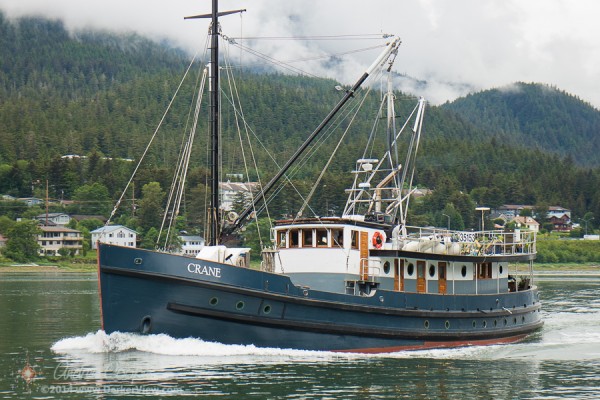
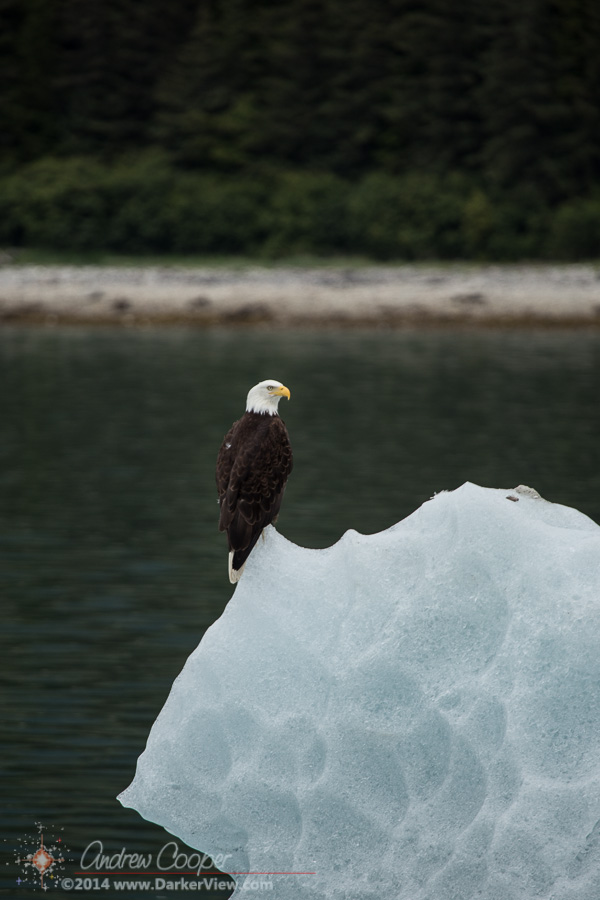

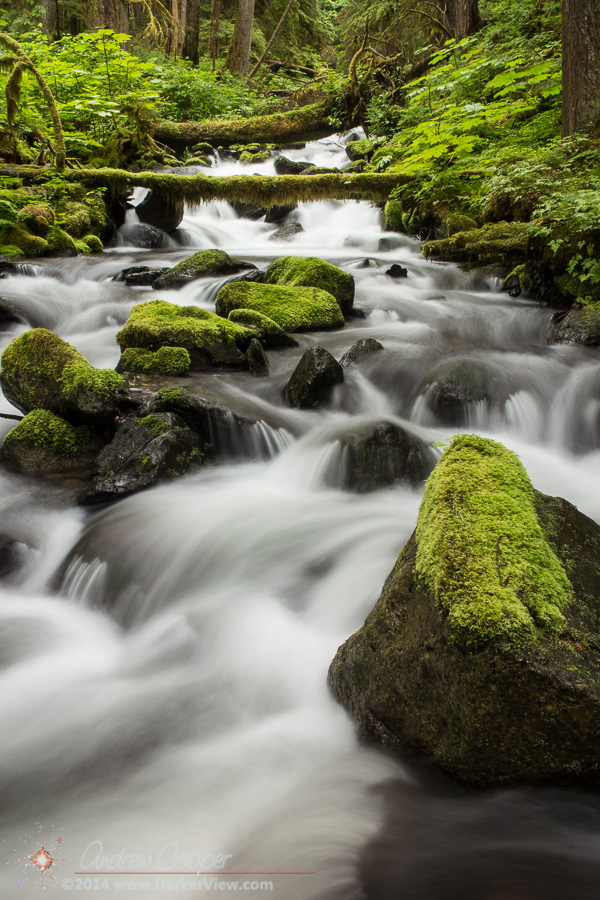
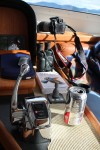
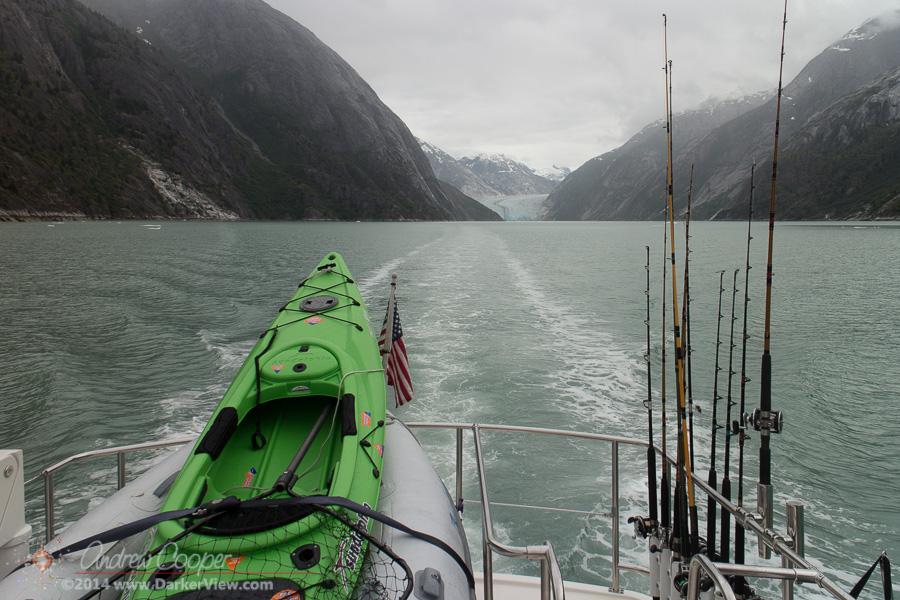
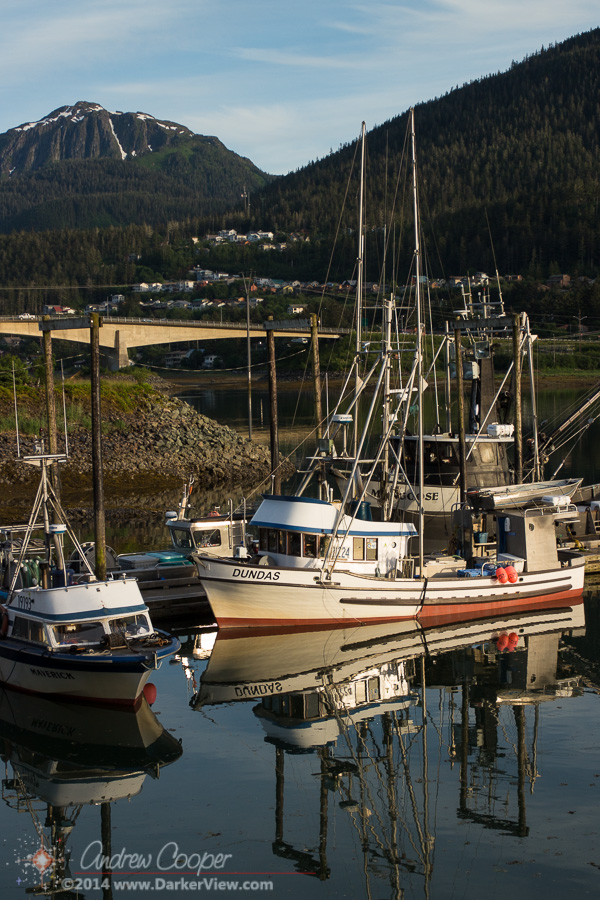
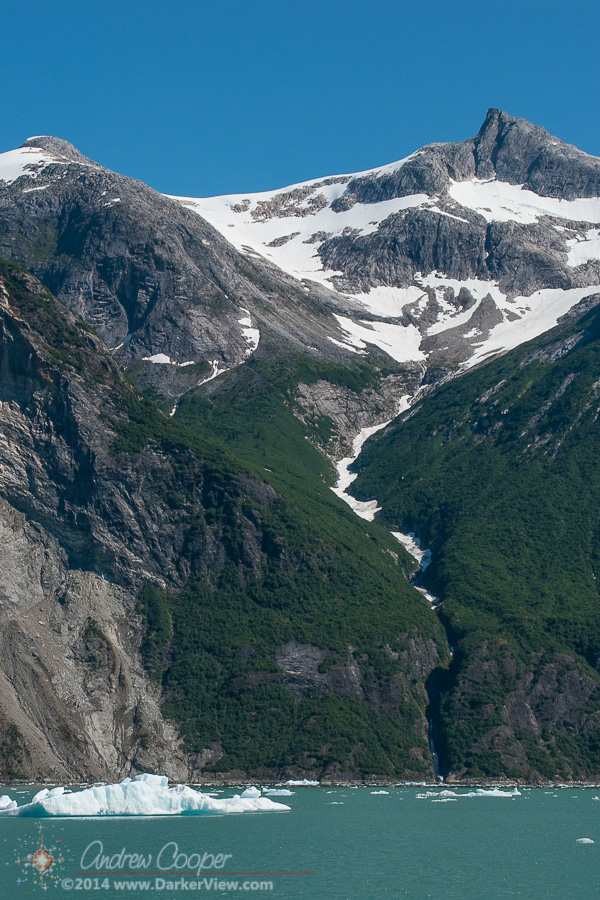
Sea Chair
A wonderful little film and a neat idea. I will not spoil the effect by explaining here. Watch the film!
Sea Chair from Studio Swine on Vimeo.
The film truly highlights the problem of plastic pollution in the ocean. Modern plastics do not decompose readily, but persist in the environment for decades. This is a problem that deserves more attention and should be in the mind of anyone who treasures our seas.
Apparently the biggest problem is not the large pieces of plastic like those used in making the chair, but rather the microplastics. Under the influence of wave and sunlight, plastic slowly breaks down into smaller and smaller bits. These are sand size or smaller granules that have come to pervade the entire ocean. The granules are easily ingested by the smaller creatures of the plankton community, the food on which all ocean life depends.
When boating in Alaska we see some plastic, even far from the major urban sources of this pollution. Walking the tide-line in any bay or cove reveals small bits of colorful plastic. There is not a lot, but it is always there.